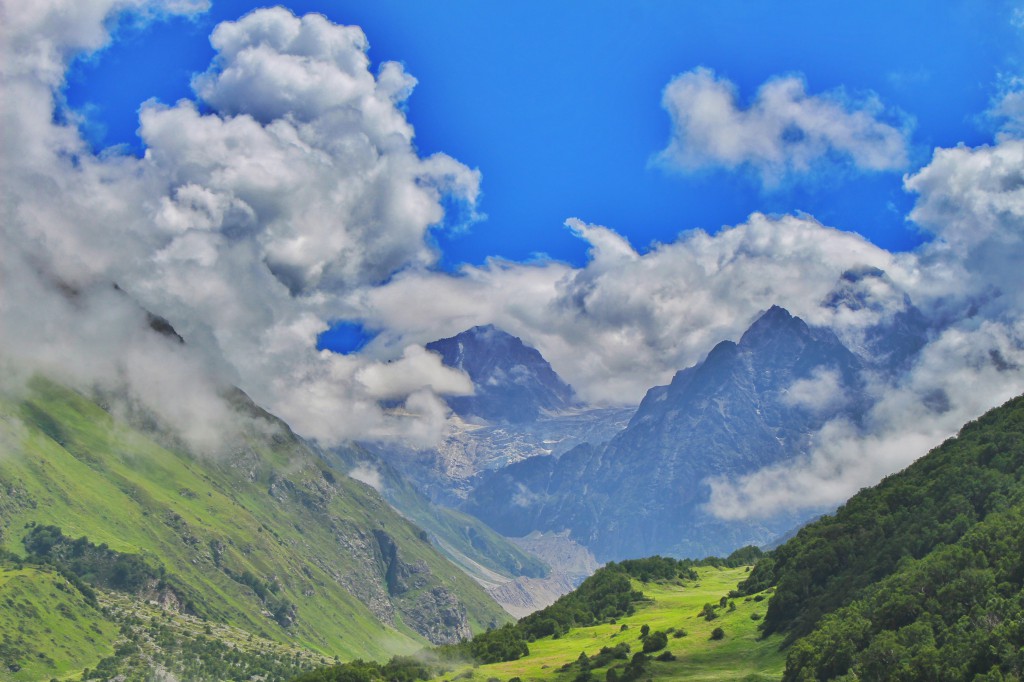 |
| Agra Fort |
An era marked by invasions and fortifications, where power was symbolized by grand palaces and grander fort during such time was built THE AGRA FORT.
Agra Red Fort was designed and built by the great Mughal ruler, Akbar, in about 1565 A.D. It was initially built as a military establishment but later on his successors made many additions to the main structure. Several Mahals, which were built afterwards, converted half of the structure into a magnificent palace.
| A View Of Agra Fort From The Road |
Agra Fort, is a monument, a UNESCO World Heritage site located in Agra, Uttar Pradesh, India on the banks of Yamuna River. It is about 2.5 km northwest of its more famous sister monument, The Taj Mahal. The fort can be more accurately described as a walled city. It is known as Red Fort because it is built of a kind of red sandstone. The Agra Fort, also known as the “Lal –Qila”, “Fort Rouge” or “Qila-i-Akbari”.
It was the seat of power of the great Mughal Emperors, who lived here and governed the country. The fort was rebuilt with red sandstone, involving a massive workforce of 14, 44,000 builders who toiled on it for eight years, completing it in 1573.
An interesting mix of Hindu and Islamic architecture can be seen here. The Islamic decorations here feature forbidden images of living creatures – dragons, elephants and birds, instead of the usual patterns and calligraphy seen in Islamic surface decoration.
Places To See
 Sheesh Mahal: Literally meaning ‘Glass Palace’ it was the royal dressing room adorned by tiny mirror-like glass-mosaic decorations on the walls.
Sheesh Mahal: Literally meaning ‘Glass Palace’ it was the royal dressing room adorned by tiny mirror-like glass-mosaic decorations on the walls.
Diwan-i-Am: Which was used as a communications ground between the public and the aristocracy and once housed the Peacock Throne.
Diwan-i-Khas: A hall of private audience, it was used to welcome kings and dignitaries.
Anguri Bagh: It houses 85 square, geometrically arranged lush gardens.
Khas Mahal: An immaculate white marble palace.
Mina Masjid: Literally meaning ‘Heavenly Mosque’ it is a tiny mosque closed to the public.
 Nagina Masjid: Literally meaning ‘Gem Mosque’ it was designed exclusively for the ladies of the court.
Nagina Masjid: Literally meaning ‘Gem Mosque’ it was designed exclusively for the ladies of the court.
Musamman Burj: A large, octagonal tower with a balcony facing the Taj Mahal.
Best Season To Visit:
The weather is at its best between the months of November and March. A number of interesting festivals are celebrated in the city at this time, with the added attraction of performances by renowned artists from all over India.
It opens from sunrise to sunset on all days.
Entrance Fee:
Citizens of India and visitors of SAARC (Bangladesh, Nepal, Bhutan, Sri Lanka, Pakistan, Maldives and Afghanistan) and BIMSTEC Countries (Bangladesh, Nepal, Bhutan, Sri Lanka, Thailand and Myanmar) – Rs. 10 per head.
Others:
US $ 5 or Indian Rs. 250/- per head (ASI);
Rs. 500/- per head as Toll Tax (Agra Development Authority) (Fridays free entry by ADA)
Rs. 500/- ticket of ADA is valid for the monuments of Agra Fort, Itimadi-ud-daula, Akbar’s Tomb, Sikandara and Fatehpur Sikri
(children up to 15 years free)
Getting To Agra Fort
-3.jpg) |
| A View Of Tajmahal From Agra Fort |
Agra is well connected by air, rail and roadways. Several domestic flights link Agra to Delhi, Varanasi and Khajuraho. Several trains from Southern India as well as from Delhi, Gwalior and Jhansi are connected to the Agra railway station. Agra is well connected to major cities in the country and is situated on the Golden Triangle of the Tourist Circuit (Delhi-Agra-Jaipur). It is connected to Delhi and Varanasi By NH-2, to Jaipur by NH-11 and Gwalior By NH-3.
The major road distances are :
- Bharatpur-57 km,
- Delhi-204 km ,
- Gwaior- 119 km, Jaipur- 232 km,
- Kanpur- 296 km ,
- Khajuraho-400 km ,
- Lucknow-369 km ,
- Mathura- 56 km,
- Varanasi- 605 km.




Taj Mahal is the most famous heritage monument and included seven wonders of the world if you want to visit taj mahal than Same day Agra Tour by car is the budget tour with lot of adventure. There is a very famous Travel Agency in Delhi India by the name of Ghum India Ghum they have all current and latest information about different destinations.